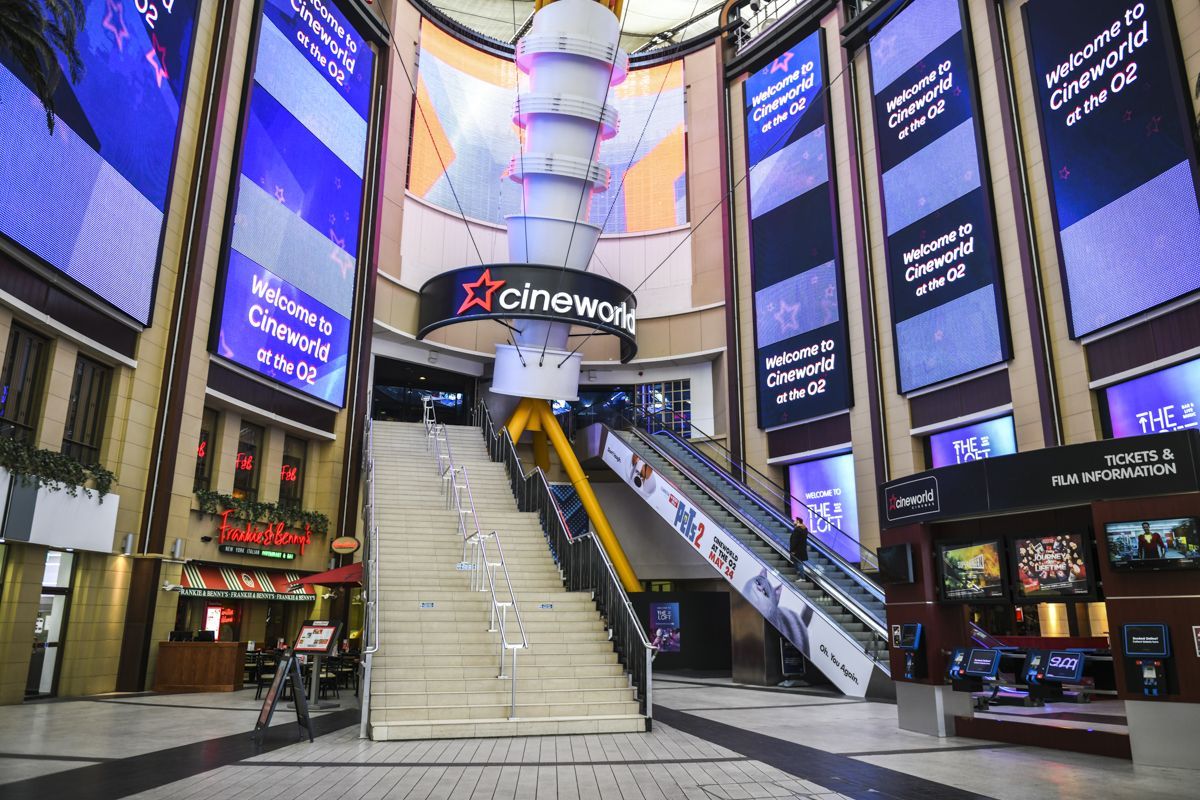Our Blog

For decades before businesses invested thousands into website graphics, online adverts, and social media images, the prime visual marketing tool for enterprises of all stripes was physical signage. Understanding the psychology of signage, signage marketing, and how to use signs to attract customers is still the key to creating impactful visual messages that capture attention and drive action, whether you are a retail business or a service provider. Signage has long been one of the most ubiquitous and influential forms of marketing communication in human communities. By leveraging the knowledge of perception, emotion, and behavioural triggers, you can develop signage that breaks through the visual noise to effectively promote your brand, products, or services.
Attention And Perception
Signs must first capture attention if they are to successfully convey their message. When you walk into a crowded shop or past a busy street, your senses are bombarded with a barrage of visual stimuli fighting for your notice. Effective signage stands out from the environment and ambient noise by means of contrasting colours, bold typography, noticeable size or placement, and compelling imagery.
Motion, both actual and implied, naturally draws the human eye, which is why kinetic signs that incorporate subtle movements, or flow lines, attract significantly more attention as the motion signals something important happening. This can be effectively conveyed through digital signage boards, but even static signs can imply motion through directional symbols, perspective, or active verbs.
The location also impacts visibility. Sign placement in high-traffic areas with minimal other visual distractions means more eyeballs will be drawn to it. Repeated exposure to a sign, whether from multiple placements or a fixed location passed regularly, also increases the likelihood of it being subliminally noticed and remembered.
Emotional Connection
Truly effective signage moves beyond simply attracting attention - it makes an emotional connection with the viewer. Excessive information often denigrated as ‘information dumping,’ can bore or overwhelm a viewer, while clever and concise narrative storytelling sparks interest and forges connections. Amusing, shocking, or thought-provoking content can create strong associations with a brand that persist in the memory long after the initial viewing.
Relatable characters, situations, and imagery help viewers imagine themselves interacting with the sign's message in a meaningful way. This emotional transportation into an aspirational scenario engenders stronger feelings towards and endorsements of the brand promise.
Colour Psychology
Colours elicit automatic psychological and emotional responses in all human beings, but many of these associations are culturally conditioned rather than innate, so brands should be very careful of the contextual meaning of different colours when designing their signage. Certain colours have become deeply encoded with specific meanings through learned associations over time, e.g., cool blues and greens evoke feelings of calmness, security, and naturalness, while warm reds and oranges feel energetic, passionate, and intense (but can also indicate danger).
Cultural learning also strongly shapes colour perceptions - white represents purity and simplicity in Western cultures but death in some Asian cultures, so is something to be aware of when embracing minimalist aesthetics in your signage! Conducting thorough research into your target demographic is essential to ensure colours enhance, not detract, from your signage message.
Behavioural Influence
Beyond conveying information, signage can actively encourage specific behaviours or guide decision-making through subtle psychological cues. Directional symbols like arrows and footprints explicitly show viewers where to go and what to do. Descriptive terms that indicate social proof, such as "Join over 1 million satisfied customers", leverage our herd mentality tendency to follow the crowd. Scarcity messages highlighting limited-time offers or low remaining stock trigger emotional impulses to act now before missing out.
Quotes from or images of influential cultural figures exploit perceptions of credibility to increase compliance with the sign's directive, and when incorporated transparently and authentically, this can influence behaviours in almost unnoticeable yet highly effective ways. Of course, this can easily backfire. Co-opting the support of a culturally respected or historical figure only works if their endorsement makes sense in the context of your products and services.
The Art And Science Of Effective Signage
Leveraging the core principles of human psychology is key to creating signage that captures attention in a sea of visual stimuli, resonates emotionally with its intended audience, and motivates commercially valuable actions. Understanding how signage taps into hard-wired perception, emotion, and behavioural responses allows you to develop impactful visual marketing tools that break through the noise to deliver persuasively on their purpose.
Get in touch with Image Technique to explore utilising positive psychology in your signage and marketing efforts. Our team has extensive experience helping large and small UK businesses build their brands and connect with their audiences. Contact us today to learn more.



